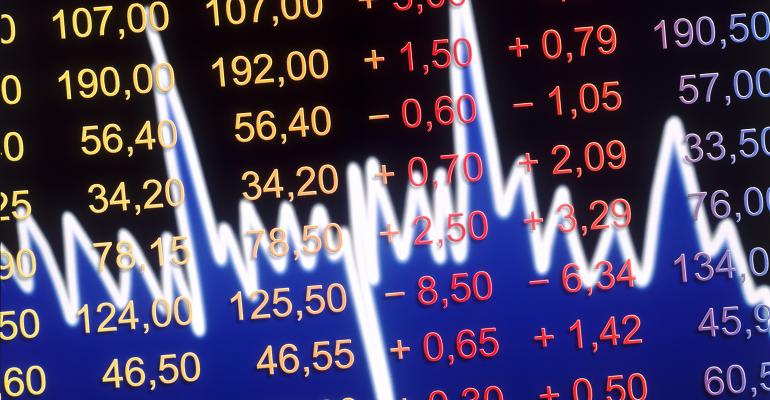Target-date funds were not immune to the market volatility during the first quarter, with the average return ranging from -7% to -20%, depending on the target year, according to new data released by Morningstar. Assets in target-date strategies were at a record $2.3 trillion at the end of 2019; this fell 17% by the end of the first quarter to $1.9 trillion.
But “through” funds, those that continue to de-risk and lower the equity allocation after the target retirement date passes, underperformed “to” funds, which stop lowering the equity allocation at retirement, Morningstar found.
“When you’re not going to lower your equity risk once you get into retirement, you end up with a lower equity risk at retirement,” said Jason Kephart, senior manager research analyst for Morningstar. “The ‘through’ funds tend to hold more equity on average at retirement because they plan to continue lowering the equity allocation past that date.”
The average 2020 “through” series was down 10.6% in the first quarter, compared with a loss of 8.4% for “to” funds. “For investors with a $1 million nest egg who plan to retire in 2020, that’s a difference of more than $20,000 in losses,” Morningstar said.
“The argument for holding more equity longer is to mitigate longevity risk—that is, to counter the danger of running out of money while in retirement,” the report said.
And while target-date fund investors tend to be hands-off, investing through their work’s defined contribution plan, they did not stomach the first quarter volatility well. In March, target-date funds as far off as the 2030 retirement year had more outflows than inflows, Kephart said. 2020 funds saw slightly more than $4 billion in outflows. In April, flows for those funds were still sizably negative.
You’d expect 2020 to have some withdrawals given that this is the target retirement year, but Morningstar analyzed 2015 flows for 2015 funds and found that outflows for 2020 were about two to three times the rate of the comparable quarter.
“Clearly people are taking their chips off the table a little faster than they had in the past,” Kephart said. “I think it really speaks to the fear that’s gripped investors given the COVID pandemic and all the uncertainty around it.”








